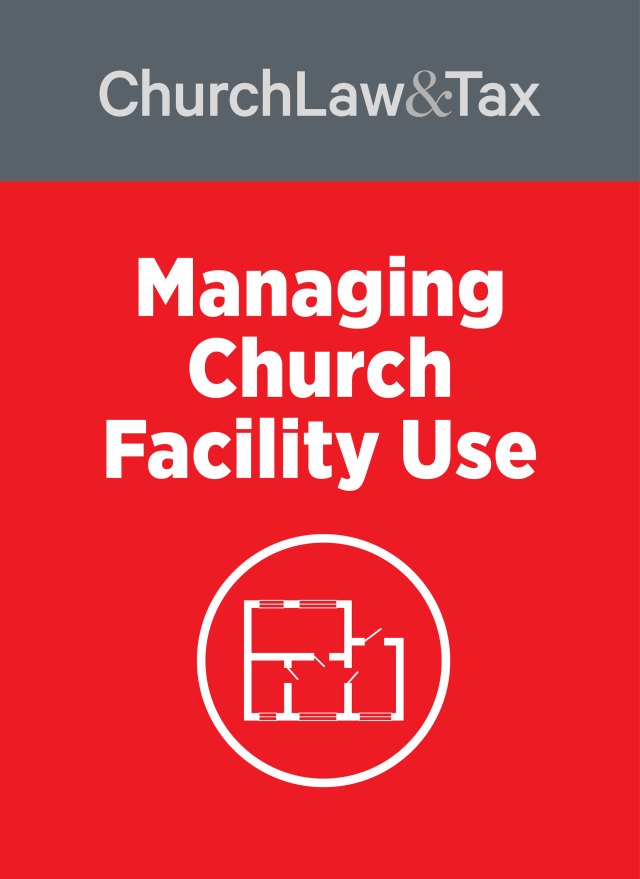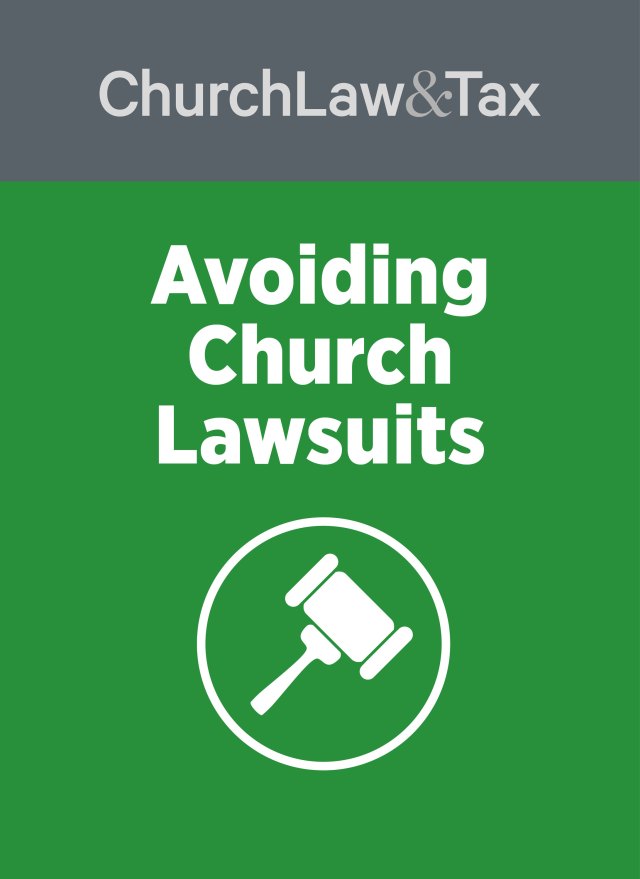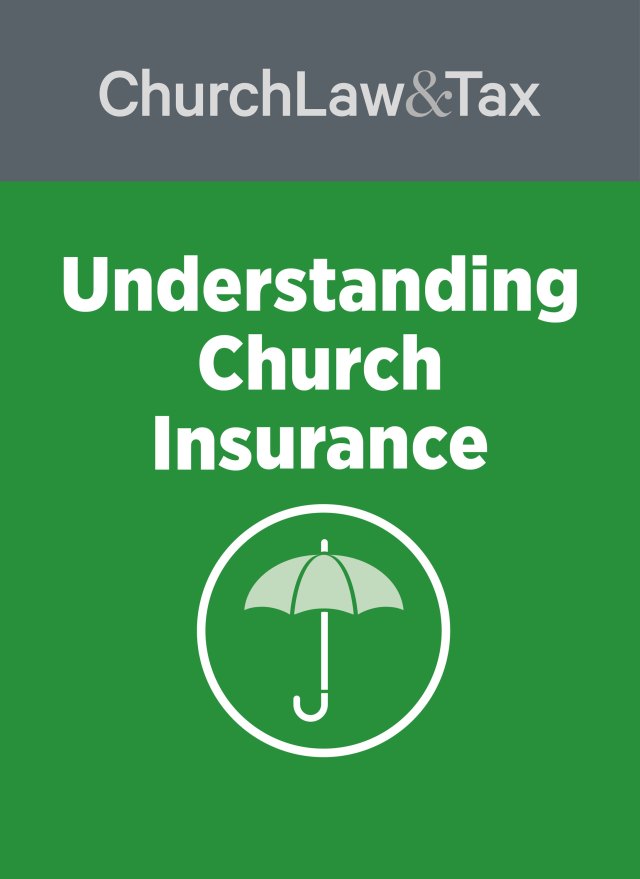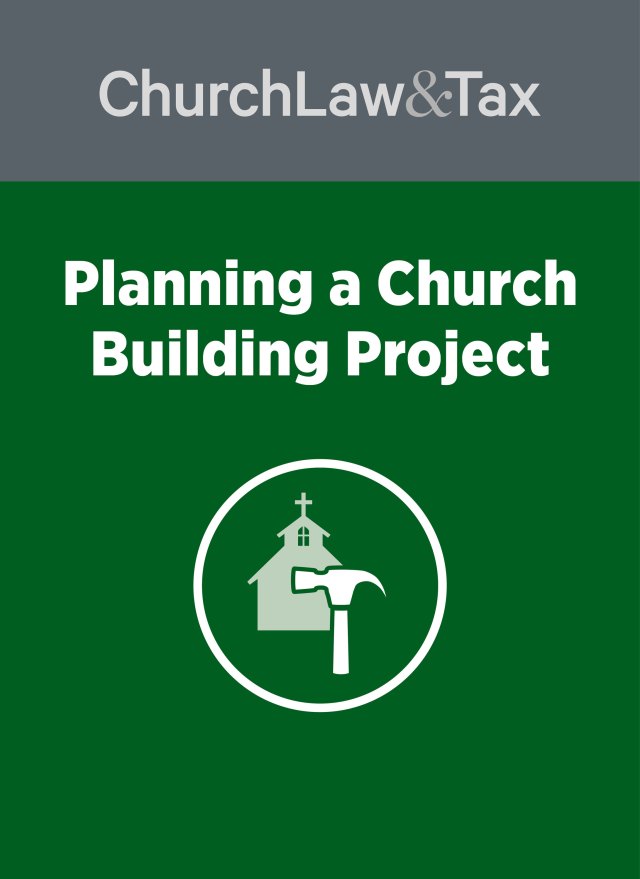• Key point: While church property can be taken by a city pursuant to “condemnation” (eminent domain), a church is entitled to “just compensation” for any property that is taken.
• The Montana Supreme Court was asked to determine if a trial court properly computed the amount of money to be paid to a church whose property was taken by condemnation. A city condemned 0.31 acres of a church’s parking lot to facilitate the construction of a sewer main. The city offered to pay the church $25,000 for the property, but the church determined (on the basis of an appraisal) that $58,000 would be a reasonable settlement. After a jury trial the church was awarded $14,500 for the parcel taken and $2,500 for damages to its remaining property, for a total award of $17,000. The church appealed this decision to the state supreme court on three grounds. First, it argued that the trial court erred in not allowing the church to present evidence to the jury about the “cost to cure” method of valuing the condemned property. This method would require the city to compensate the church for the cost of additional property purchased by the church to replace the condemned property. The supreme court rejected the church’s position: “[J]ust compensation for a public taking of private land is to be computed as: fair market value of land taken plus value of remainder before taking minus value of remainder after taking. The cost to cure method is an alternative method of compensation. The [trial court] was under no obligation to allow discussion or testimony of such a method.” Second, the church argued that the trial court had erred in not allowing church representatives to testify regarding the value of the condemned property. The supreme court also rejected this position: “The history of the church from its beginnings until the present, and its plans for the future, are irrelevant in determining the actual damage as of the valuation date. The [trial court] did not err in limiting the testimony of the property owner.” Finally, the church argued that the trial court erred in refusing to inform the jury that the city had determined that the parking requirements for the church were 272 spaces. The supreme court agreed with the church. The court observed:
[T]he church was entitled to damages for the fair market value of that property which was taken by the city’s condemnation. However, it was also entitled to damages for the depreciation to its remaining property which resulted from the taking. The property taken was the church’s parking lot. In order to evaluate the depreciation to the church’s remaining property, the jury had to know what is parking requirements were and whether those requirements could be satisfied on the remaining property. Prior to trial, the parties entered tin the following stipulation: “Parking requirements under city’s zoning ordinance for the subject property are 272 spaces.”
Based upon its reliance on that stipulation, the church offered proof that it would have to either purchase additional property at a cost of about $50,000, or make alterations to its remaining property at a cost of $26,350, in order to satisfy the city’s parking requirement and receive a certificate of occupancy after completing the building improvements that were then under way ….
Apparently uncertain about what the future parking requirements would be, the jury awarded damages for the depreciation of the church’s remaining property in the amount of $2,500. This was one-tenth of the minimum amount which the testimony established would be necessary to comply with what the city had previously agreed would be the church’s parking requirements. The church had a right to rely on the stipulation when preparing for trial and putting on proof of its damages. We hold that the [trial court] erred by not instructing the jury that the city had agreed that 272 parking spaces were required and that failure to do so prejudiced the [church].
The supreme court reversed the jury’s verdict of $17,000 and sent the case back to the trial court for further consideration with the understanding that the jury would be instructed that the church would need 272 parking spaces after the condemnation. Great Falls v. Temple Baptist Church, Inc., 859 P.2d 1015 (Mont. 1993).
See Also: Eminent Domain
© Copyright 1994, 1998 by Church Law & Tax Report. All rights reserved. This publication is designed to provide accurate and authoritative information in regard to the subject matter covered. It is provided with the understanding that the publisher is not engaged in rendering legal, accounting, or other professional service. If legal advice or other expert assistance is required, the services of a competent professional person should be sought. Church Law & Tax Report, PO Box 1098, Matthews, NC 28106. Reference Code: m41 c0294



